What will happen to your art and studio after you’re gone?
What instructions are you leaving to make it easier on your loved ones?
We tend not to concern ourselves with such things, and not only because the topic is unpleasant. More likely, it’s because we’d rather be doing something else. We procrastinate.
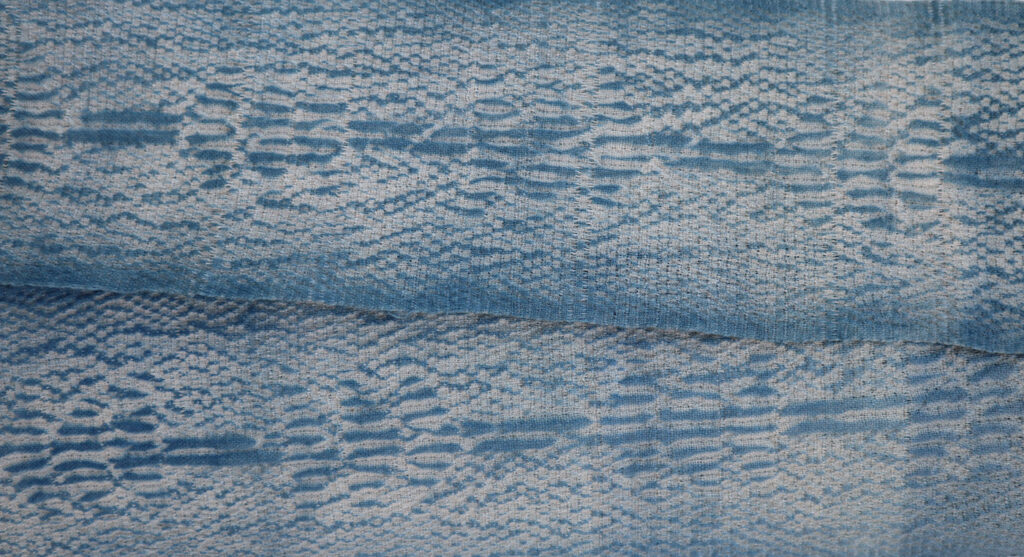
Experience has forced me to remind you of your mortality. Over the decades I have heard from numerous families of deceased artists who are bewildered over what to do about all of the artwork left behind.
They are trying to figure out this new life without their artist and overwhelmed by the task ahead of them: Deciding what will become of the artwork, supplies, and studio. They’re trying to understand what is valuable and needs to be seen by others, but everything looks precious to them.
It doesn’t help that the artist in their life left a mess of things—including erratic records, if they exist at all.
I can’t help but be furious with the artist. Their descendant has to give their time, energy, and resources to care for things that the artist didn’t care enough about while they were alive.
This is not an ad for an estate attorney. This is a plea to get organized. Not for you, but for those you love and leave behind.
Artist and professional organizer Heather K. Powers talks with me on episode 143 of The Art Biz about this topic. She wants to normalize death because it’s a part of life.
This conversation is especially important for artists, who make things that take up physical space. How do you categorize those things? What kind of records need to be kept? And what, if anything, should be destroyed (see images below), reworked, or donated?
[ See The Best Idea for Unloading Unsold Art ]
These are difficult questions and will vary from artist to artist, but it is such an important part of planning your art legacy. My conversation with Heather can help you get started.
Listen
📄 This Week's Assignment
Your assignment this week is to start thinking about your legacy. Eventually you will need to prioritize the tasks necessary, but you can’t do it all at once.
Take one of these steps: sign up for Artwork Archive, update your inventory, finally recycle that work you don’t want to show up under your name, have a conversation with your family about your wishes, or declutter a space.
We have high level conversations like this in the Art Biz Accelerator. I’d love for you to join us.
for busy artists who like knowing there is someone nearby to help
Highlights
- Normalizing conversations about your death and legacy. (2:10)
- Heather’s coaching process includes getting more comfortable talking about death. (6:48)
- What do you value in your legacy? How can artists better prepare their legacy for after death? (10:28)
- Finding the value of clutter requires understanding and compassion. (15:27)
- Destroying the artwork that you don’t want to be known for. (19:19) See images below.
- Define the value of each level of your work so you can better process it. (24:55)
- Tools and resources to help document your art. (32:32)
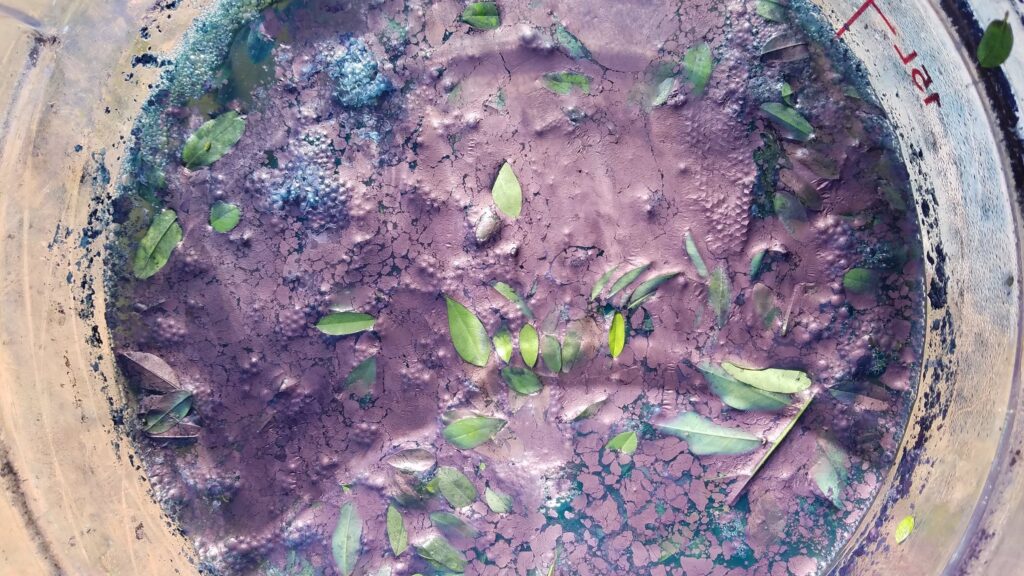
Mentioned
Images from the art destruction party hosted by Gail Frasier and Marilynn Brandenburger.
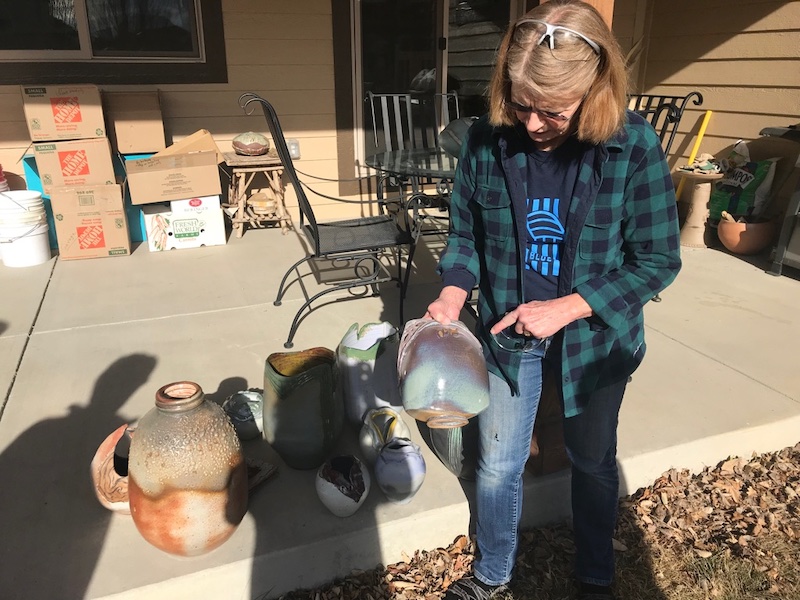
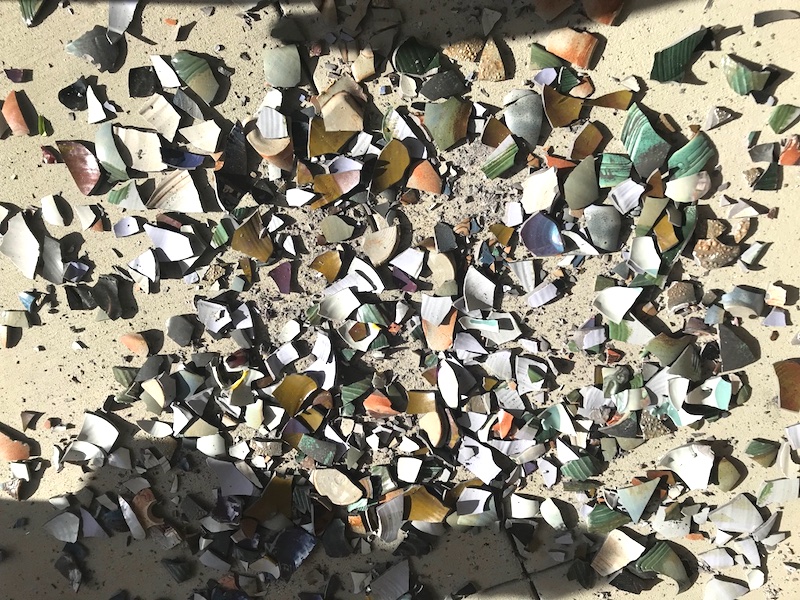

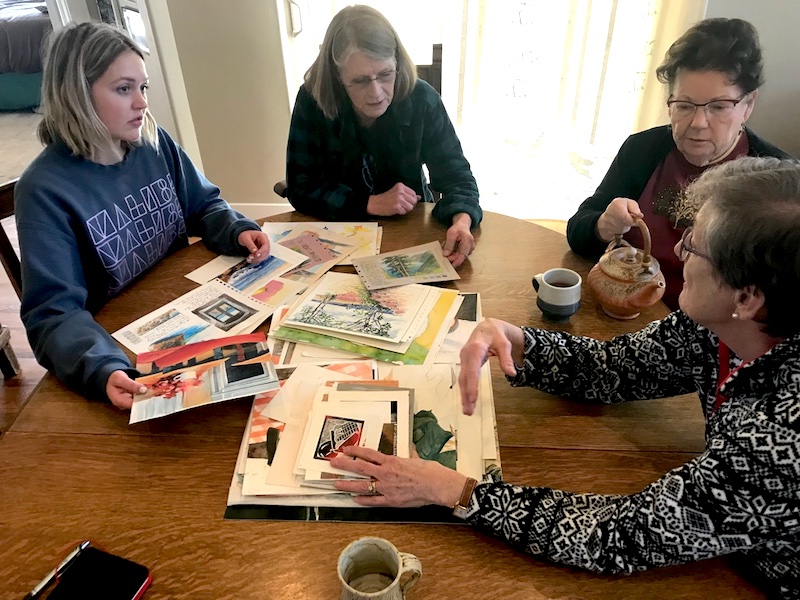
Heather K. Powers Quotes
- “Death is a normal part of life, but the more we put off thinking or talking about it the more uncomfortable it becomes.”
- “We can take into our own hands what is important to us as a generation and pass it on to the next generation.”
- “What do you value in your legacy? And what do you perceive might be of value to others? Those things are often not in alignment.”
- “Start early and keep good records. It doesn’t have to be that complicated.”
- “When we get rid of work one way or another, we make space for new work to come in.”
Related Episodes
These artists talk about legacy in our conversations.

What to Do With 400 Paintings: Artist Legacy and Economic Reality with Alissa Quart (243)
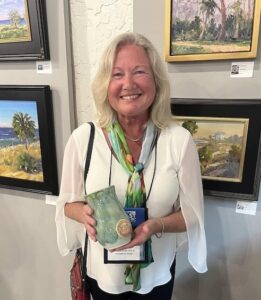
The Investing Artist: Art, Real Estate, and Legacy with Mary Erickson (223)
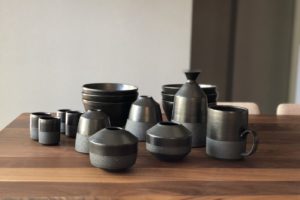
The Art Biz ep. 31: Building a Legacy Brand and Destination with Sean VanderVliet

The Art Biz ep. 15: Confronting Your Professional Legacy: David Paul Bayles
See also Heather’s first appearance on the podcast: Creative Organizing (ep. 10)
Cautionary Tales
Henry Darger left his life’s work in a tiny apartment and at the mercy of his landlord, who found it and, blessedly, saved it. But now they’re in litigation with his distant relatives.
Mark Rothko, one of my favorite artists of all time, left a disaster for his 19-year-old daughter to oversee. It took 4 years in court.
About My Guest
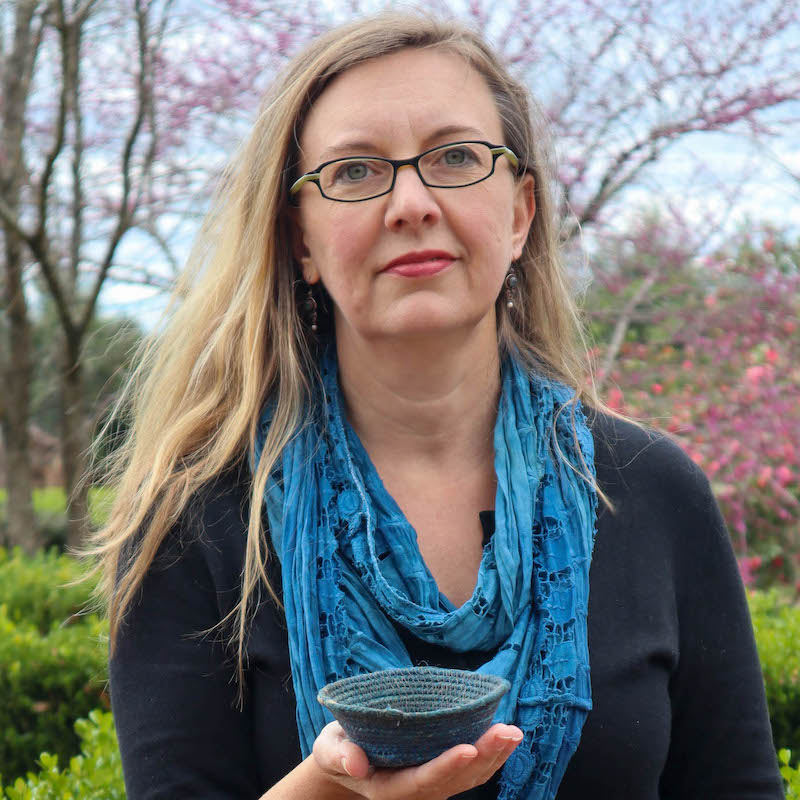 With a BFA in Fiber from Savannah College of Art and Design, Heather K. Powers has had a productive career as a textile designer—collaborating on worldwide projects in various capacities.
With a BFA in Fiber from Savannah College of Art and Design, Heather K. Powers has had a productive career as a textile designer—collaborating on worldwide projects in various capacities.
In 2010, she launched her design and professional organizing business. Her work as an organizer places her among artists, craftspeople, and collectors, which gives her an intimate understanding of how individuals retain, use, and live with material culture.
In 2021, Heather graduated with an MFA in Critical Craft. She continues to research textile history, weave, and use natural dye techniques in which her work investigates memory, place, and identity themes through discarded vintage ephemera and materials.
Please visit her website to find out how she works with her clients in person and online and follow her on Instagram @hkpowerstudio.



11 thoughts on “The Art Biz ep. 143: Proactively Planning Your Art Legacy with Heather K. Powers”
Thank you both for that video. It is something all Artist need to be concerned with. The guidance offered brings some clarity to artists dilemmas. I look forward to more podcasts of these kind.
Thank you for listening, Marcelle.
I am working on this process as I had to move my studio of 12 years. I mean who was I when I made all that stuff! It does take a lot of time. I want to also recommend FASO for documenting. They are where I park my website. In listing work not all needs to be up on the site but it is in the archive. There is a place for notes not seen on website but can be used to build the story behind the work. Note to self: list of passwords! One other item a book I picked up on life and death Title: Being Mortal by Atul Gawande The psychology of accepting the end, is a good incentive to make the moves need for that shakedown of work and supplies. It sure does not seem fair to leave a mess for those left behind. Thanks for touching on this important topic.
Diane: We love FASO! But it has a very different purpose than a proper inventory system. Thank you for the book recommendation. I shall add it to my list.
Thank you for this. It came at a time when I’m downsizing and I have been thinking of (apart from sales galore) how to reduce inventory so it doesn’t sit in storage somewhere. I did think of donating to a charity where I’ve given the odd painting before if they’ll take them. The point that I really love is provenance as I’ve never thought about that for even the ones that I’ve sold. Time to do some more work!
Mini: I am so happy you came across this when you did. Thanks for listening and reading.
Hi again. Not that I am plugging FASO but if you get into the guts of the picture filing system, it has inventory, sale, numbering, shipping allowances, framed price, plus a place for notes – i. e. provenance. They have sale sheets, inventory label, printable bio, and a wall label, all which can be downloaded as pdf.
I am on a budget so I would not pick up another program, plus I am resistant to learning new matrixes. I did have art work Archive for a while but it was an additional computer chore I did not take advantage of. As you say I’d rather be in the studio. If I ever get that imaginary intern perhaps I would move forward.
Thanks again for a good topic.
I’m so glad it’s working for you, Diane. Love it when we can simplify.
Thank you for this great discussion. I can’t tell you how important this is. One of my dearest friends died suddenly in December, leaving behind a large body of work that was used educationally in her nonprofit foundation. The only instructions she left was a list that was at least 15 years old of people she wanted to come pick out a piece of art. This list was made before this particular body of work was fully created, so whether or not she intended that body of work to be broken up was not clear. The family did the best they could to comply with her wishes. Those of us managing the transition of the nonprofit foundation (where there were also no instructions left!) have some of these pieces now to use in the foundation’s work, but there was no direction for their storage (these are not small pieces), care, or intention. We are all guessing at this point, but it feels like the chance for the legacy this body of work could have had is slipping away, I have been telling ALL of my artist friends to clarify this for their heirs and to appoint someone as an agent to care for it. Families have so much to deal with after the loss, and dealing with the art collection and what should happen to it is often not on their minds or in their wheelhouse. I will be sending a link to this episode to ALL my artist friends!
Leslie: Thank you for sharing your experience and for sharing this episode. I’m sorry you’re having to deal with this! It’s a cancer that is out there.
Loved this conversation